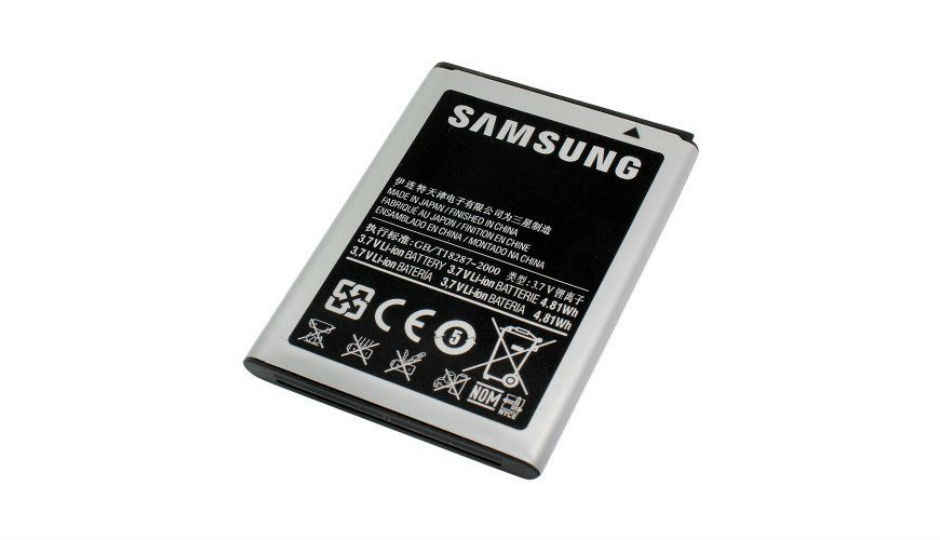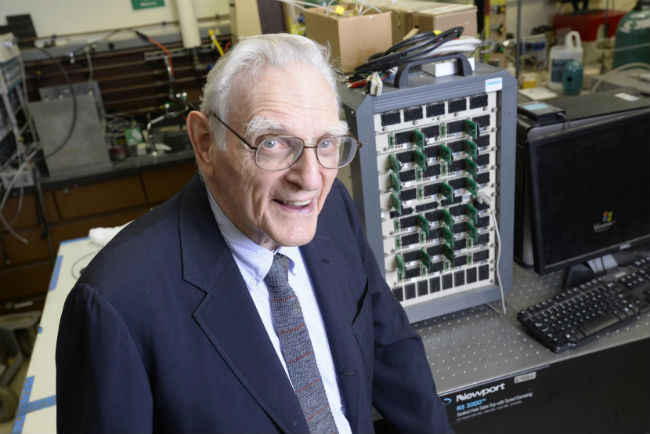Inventor of Li-Ion battery has a new one that charges faster, lasts longer
John Goodenough, co-inventor of the Li-Ion battery has developed a solid-state battery that can work in sub-zero temperatures.

The name John Goodenough may not exactly be a household name today, but the 94-year-old professor has played an integral role in the tech industry. Credited for the invention of the Lithium-Ion battery, Goodenough has now improved on his own greatest invention. The professor led a team of engineers at the to develop a new solid-state battery cell that is safer, lasts longer and charges faster than Li-Ion batteries. The new batteries can be used for stationary energy storage, mobile phones and electric cars.
 Survey
SurveyGoodenough was working alongside Maria Helena Braga, senior fellow at the Cockrell School of Engineering at The University of Texas, Austin.
John Goodenough (above) and Maria Helena Braga (below)
The new solid-state battery is non-combustible and has a longer life cycle than current Li-Ion batteries. It is also cheaper to manufacture and charges (and discharges) faster. The team described the new technology in a paper published in the Energy & Environmental Science journal, recently. “Cost, safety, energy density, rates of charge and discharge and cycle life are critical for battery-driven cars to be more widely adopted. We believe our discovery solves many of the problems that are inherent in today’s batteries,” said Goodenough.
Further, the new battery cells have at least three times the energy density of current Li-Ion batteries, which is useful for electric cars. Larger energy density allows electric cars to run for more miles on a single charge. This, combined with more charging cycles, results in a battery that lasts longer, both on each charge and in terms of its full lifetime.
In light of the recent Samsung Galaxy Note 7 debacle, it is worth noting that these new batteries are also non-combustible. The press release explains that Li-Ion batteries use liquid electrolytes to transport ions between electrodes. That, causes dendrites to form and criss through the electrolytes, causing short circuits that lead to fires and explosions. The new batteries, however, make use of glass electrolytes, which allows the anode to be made of sodium or potassium, instead of lithium.
The use of glass electrolytes also allows these batteries to run at sub-zero temperatures (-20 degree celsius). It’s the first solid-state battery cell to do so.

